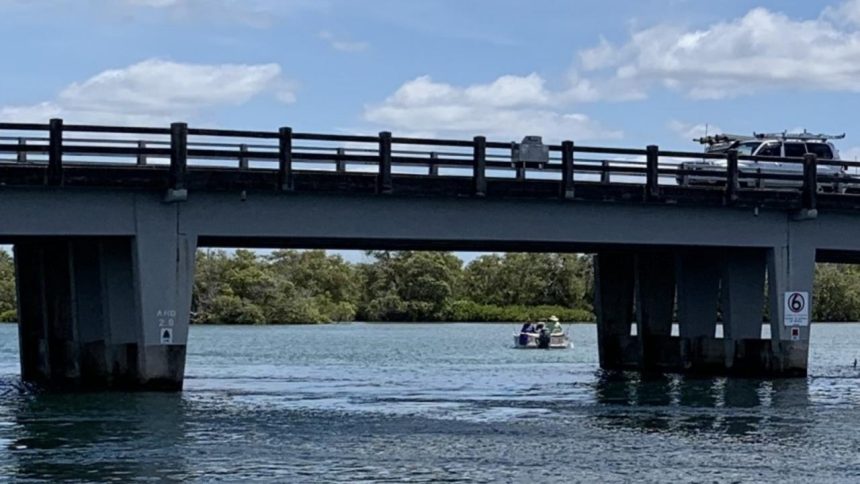Researchers have begun using smart fibre optic sensors to monitor cracks in concrete structures and help extend the service life of aging Aussie bridges.
Dubbed the Grand Challenge project, the idea stems from the NSW Smart Sensing Network’s (NSSN) efforts to combat the nation’s quickly decaying concrete infrastructure, which the Australasian Corrosion Association estimates costs taxpayers upwards of $8 billion a year to maintain.
Collaborating with chemists, civil engineers, physicists and scientists from the University of Sydney, the team is creating an “intelligent and highly sensitive” coating for fibre optic sensors, which they hope will be ready to be used in the state’s upcoming Yamba Road bridge build.
The aim is for the coated fibre optic sensors to monitor moisture, corrosion, and chemicals surrounding steel reinforcement in the bridge directly, helping the transport department respond quickly and efficiently to decaying sections.
The Project’s Chief Investigator and Australian Research Council and DECRA Fellow at the University of Sydney, Dr Ali Hadigheh, says the high-performance fibre optics are the perfect cost-effective solution to keeping Aussie infrastructure healthy.
“There are many bridges in Australia that are exposed to harsh conditions such as salty water and temperature fluctuations which, in some cases, can lead to severe deterioration,” Dr Hadigheh says.
“Our sensing technology and machine learning models enable accurate and early detection of defects in reinforced concrete bridges using only a single fibre Bragg gratings (FBGs) sensor, reducing the cost and simplifying the data analysis process,” he says.
“A fibre Bragg grating (FBG) is like a tiny mirror inside an optical fibre that reflects only a specific wavelength of light. It can be used to measure strain, temperature, or pressure in structures like bridges or pipelines by detecting changes in the wavelength of light reflected.”
Dr Hadigheh says the system would help the transport department stay on top of the state’s aging infrastructure, with the group claiming a “large number” are already over 50 years old and require constant inspection and maintenance.
“Increasing traffic load, rising sea levels and increased atmospheric CO2 due to climate change are all exacerbating structural deterioration, highlighting the need for continuous health monitoring of bridges,” he added.
The Grand Challenge project team also captured and modelled structural analytics in a digital model of a concrete bridge, which is now being used as a teaching resource in university courses and is expected to be rolled out in classrooms across the country.
Transport for NSW Senior Bridge Engineer Dr Hamid Fatemi says it is exciting to be supporting the project through real-world testing capabilities.
“TfNSW is hoping to trial the NSSN’s technology this year through a real-time corrosion data acquisition system on the Yamba Road bridge, which spans the Oyster Channel in northern NSW,” Dr Fatemi says.
“When the bridge next undergoes maintenance work, we’re aiming to install fibre optics in the reinstated concrete to collect raw data from the corrosion state of the structure for artificial intelligence analysis via machine learning, such as reinforcement steel corrosion potential.
“The outcome of this testing could be used to develop future Building Information Models and create future 3D digital replicas (digital twins) of existing bridges and structures in our transport network – using the AI technology to display corrosion or structural conditions in the real time – as and when it occurs.”







